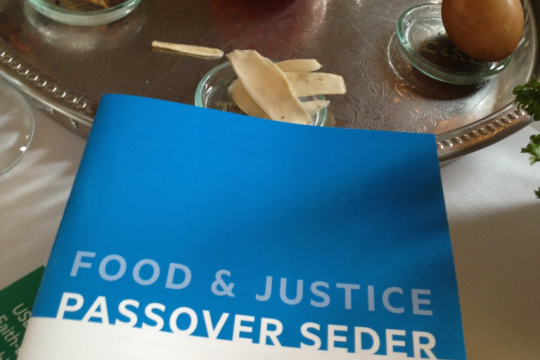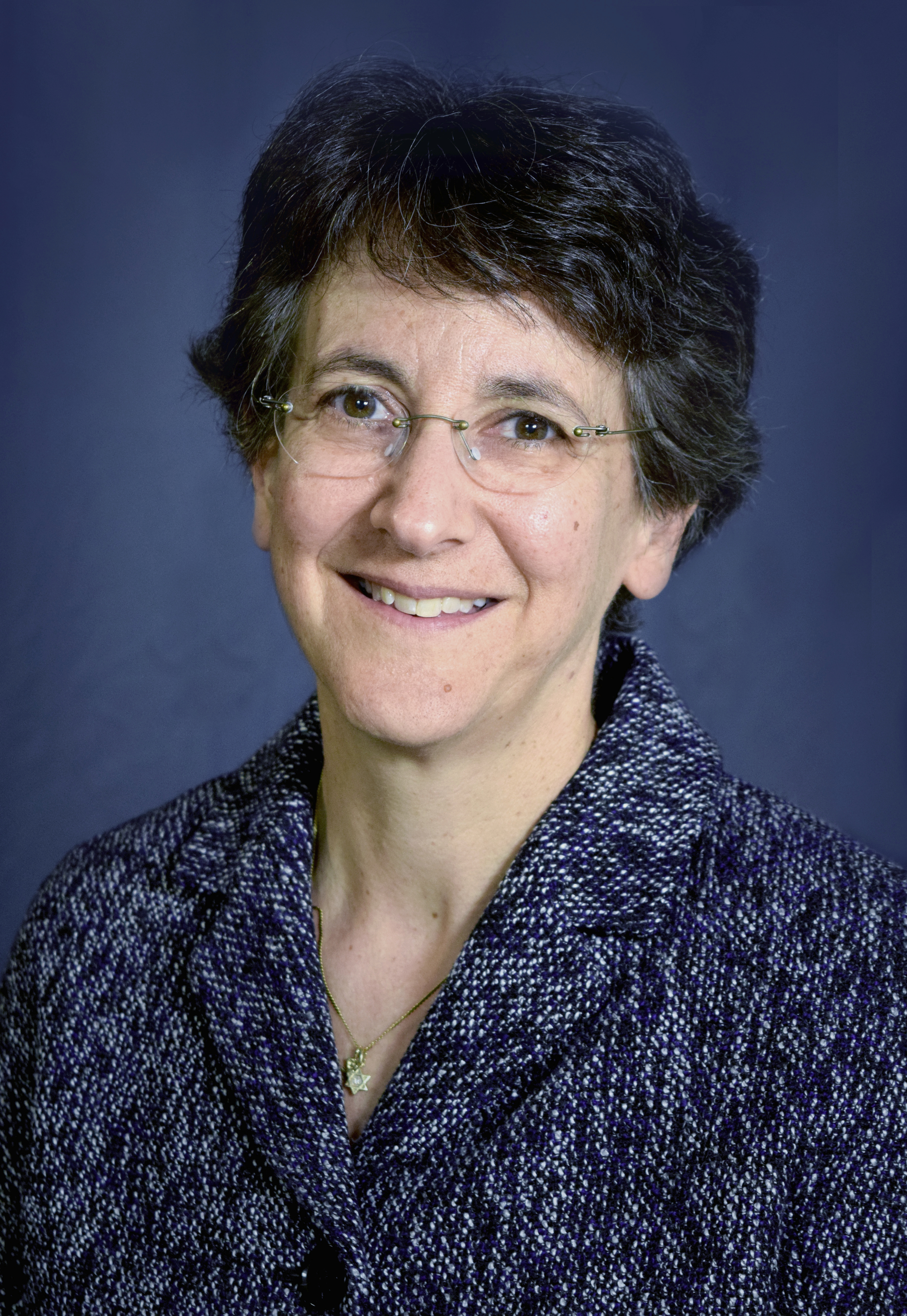
When I speak to congregations about how they measure success, I often talk about the need to move from viewing success through a program lens (number of participants, food/space, complaints, budget) to seeing it from a congregant’s viewpoint (relationship, impact, and meaning).
Similarly, the Union for Reform Judaism has been shifting how it collects and uses evaluation data, moving from a focus on execution and attendance at our programs to one that more closely considers impact on our congregations. We recently completed the first URJ Baseline Congregational Impact Survey, which asked congregational leaders (715 individuals respondents, representing 492 congregations) about the extent to which the URJ has had an impact on four groups of activities required for a strong congregation:
1. Mission and vision
2. Leadership and governance
3. Engaging diverse groups
4. Jewish life
According to Dr. Rob Weinberg, the leader of our outside evaluation team (which also included Drs. Cindy Reich and Michelle Lynn-Sachs):
“This survey was a rare and, some would say, courageous act of organization effectiveness. The URJ chose to go beyond evaluation of individual programs to look broadly at a baseline measurement of its impact on congregational strength.”
Indeed, we set a high bar by using this measure of impact. Not only do we have to engage with a congregational leader, but that person also has to decide to take successful action after an interaction with us – and they later have to be willing to attribute that success to the interaction.
I’m proud of the results to date and excited to use the data we’ve gathered to refocus and shift our investments to increase even more the impact we have on congregations.
Results from the URJ’s Baseline Congregational Impact Survey show that more than half the respondents report that the URJ has had extensive or “significant impact on at least four of 36 areas of congregational life included in the survey. Approximately half report at least moderate impact on 15 of the 36 areas investigated. Because this is a first-time analysis of this type by the URJ, the results are considered to be a baseline.
Among the survey’s results are these findings:
- Overall, congregational leaders reported the greatest impact in the area of “Leadership and Governance,” with 53 percent of respondents reporting at least moderate impact.
- The highest individual question scores were received in areas in which the value of the Reform Movement is typically felt most powerfully: finding ways to repair the world through social justice (62 percent reported at least moderate impact); connecting to principles of Reform Judaism (60 percent); and recognizing strengths and areas of growth (55 percent).
- The lowest impact items included engaging with young adults (22 percent); engaging with non-members (28 percent); and building the leadership pipeline (27 percent).
- Lay leaders reported that the URJ had greater impact on the congregation than either rabbis or executive directors reported.
- The higher the respondents self-rated the strength of their own congregation, the greater the impact from the URJ they reported.
- The smallest congregations (fewer than 150 households) reported experiencing less impact from the URJ than larger congregations, although they also reported that being part of something bigger than themselves was important to them.
Open-ended questions revealed these findings:
- The two greatest tasks respondents face are dealing with financial challenges and maintaining or increasing membership.
- Respondents reported that personal, congregation-specific interactions with the URJ – for example, attending a URJ seminar, participating in a URJ Community of Practice, or receiving guidance from the URJ Knowledge Network team or the URJ Rabbinic Transition consulting team – had the greatest impact.
- Overall, respondents expressed gratitude, praise, and appreciation for being part of the Reform Movement and for the work of URJ staff.
One of the survey’s most interesting results, to me, concerns our work to empower congregations to adapt to the current environment. In the “Leadership and Governance” section of the survey, our highest scores came in the area of building sacred partnerships and innovating – a message that has been at the center of our work for the last four years as we have guided congregations to build sacred partnerships among leaders and to work toward change to achieve their mission.
Going forward, I’m excited about the areas in which we are investing to strengthen our congregations.
The data we’ve collected will help us drive decisions for several years, after which we expect to repeat the analysis. In the meantime, our new initiatives – in college and young adult engagement and marriage referral, as well as building on the outstanding success of ReformJudaism.org – are targeted directly at one of congregations’ biggest pain points: membership. We’re also looking at ways to make it easier and less expensive to run congregations, and we hope to have a positive impact on congregations’ ability to manage their finances.
To learn how to measure success in your congregation, consider enrolling in our URJ Congregational Benchmarking and Assessment Project.
Have something to say about this post? Join the conversation in the Leadership and Governance group in The Tent, the social network for congregational leaders of the Reform Movement. You can also tweet us or tell us how you feel on Facebook.
Related Posts

Passover 2024: The Three Central Messages of Pesach

Modern-Day Plagues of Injustice and Inequality

